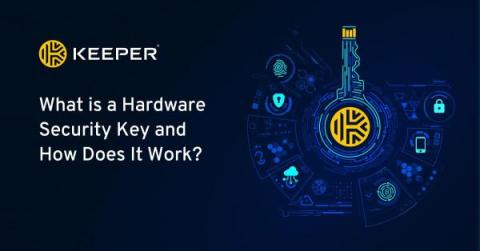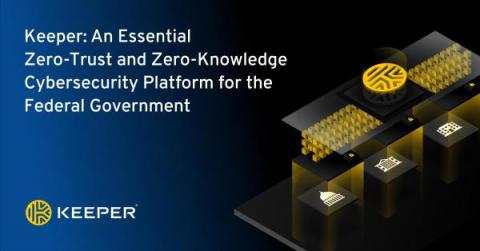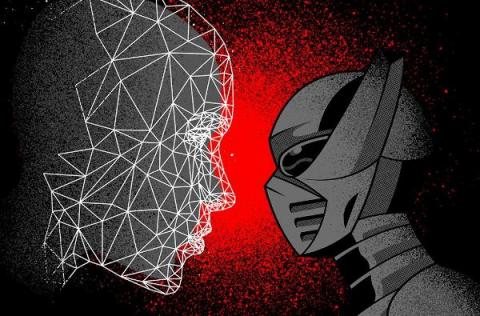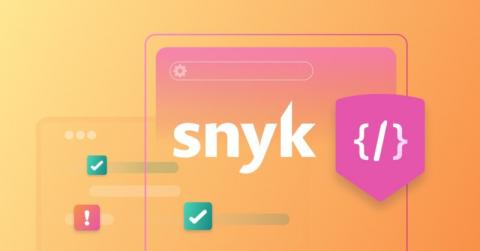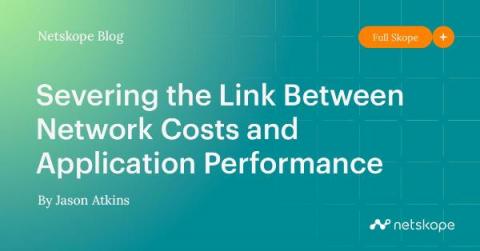Security | Threat Detection | Cyberattacks | DevSecOps | Compliance
Latest News
What is a Hardware Security Key and How Does It Work?
A hardware security key, also known as a security key, is a physical form of authentication that provides you with access to systems, applications and accounts. Hardware security keys are often used as a second form of authentication or as a Multi-Factor Authentication (MFA) method. Read on to learn more about hardware security keys and the advantages and disadvantages of using them.
Keeper: An Essential Zero-Trust and Zero-Knowledge Cybersecurity Platform for the Federal Government
The U.S. federal government tends to move very slowly – except when it comes to zero-trust cybersecurity. The drive to get all agencies to zero trust is cruising along at warp speed, as evidenced by White House Executive Order 14028, CISA’s Zero Trust Maturity Model, OMB OMB M-22-09 and the DoD zero trust strategy and roadmap, all of which were released within the span of less than two years.
Leveraging the Dark Side: How CrowdStrike Boosts Machine Learning Efficacy Against Adversaries
The power of the CrowdStrike Falcon® platform lies in its ability to detect and protect customers from new and unknown threats by leveraging the power of the cloud and expertly built machine learning (ML) models. In real-world conditions and in independent third-party evaluations, Falcon’s on-sensor and cloud ML capabilities consistently achieve excellent results across Windows, Linux and macOS platforms.
10 Quick Cybersecurity Updates Organizations Can Make In 2023
How To Combine Cyber Resilience and Cybersecurity for Maximum Cyber Protection
Data breaches and cyberattacks have become worryingly commonplace in today’s digital world, and cybersecurity and cyber resilience are now crucial for every organization, small and large. These two strategies work together to protect data at different stages of a cyberattack. Ideally, organizations should rely on both to achieve maximum cyber protection.
Dallas Texas Government Services Take a Hit Due to Recent Ransomware Attack
The City of Dallas, Texas, is the ninth largest in the United States currently, with a population of more than 2.6 million people. This massive city was just hit by a substantial ransomware attack by the Royal ransomware gang. The attack interfered with policy response time, 911 services, the police website, the city's court system, and more. With such significant interference occurring in the city's system of government, it's a serious issue for everyone in Dallas.
3 Ways "GRC as Usual" Holds You Back
AI-generated security fixes in Snyk Code now available
Finding and fixing security issues in your code has its challenges. Chief among them is the important step of actually changing your code to fix the problem. Getting there is a process: sorting through security tickets, deciphering what those security findings mean and where they come from in the source code, and then determining how to fix the problem so you can get back to development. Not to worry — AI will take care of everything, right?
Severing the Link Between Network Costs and Application Performance
Over the past two decades we have seen a major shift in working patterns and models at organisations around the world. Intertwined—driven by those workforce changes as well as enabling them—we have also seen a complete rearchitecting of the IT systems that underpin our corporations. Both of these change agents have driven spiralling network costs in the name of maintaining and improving the performance of the essential applications for hybrid workforces.



